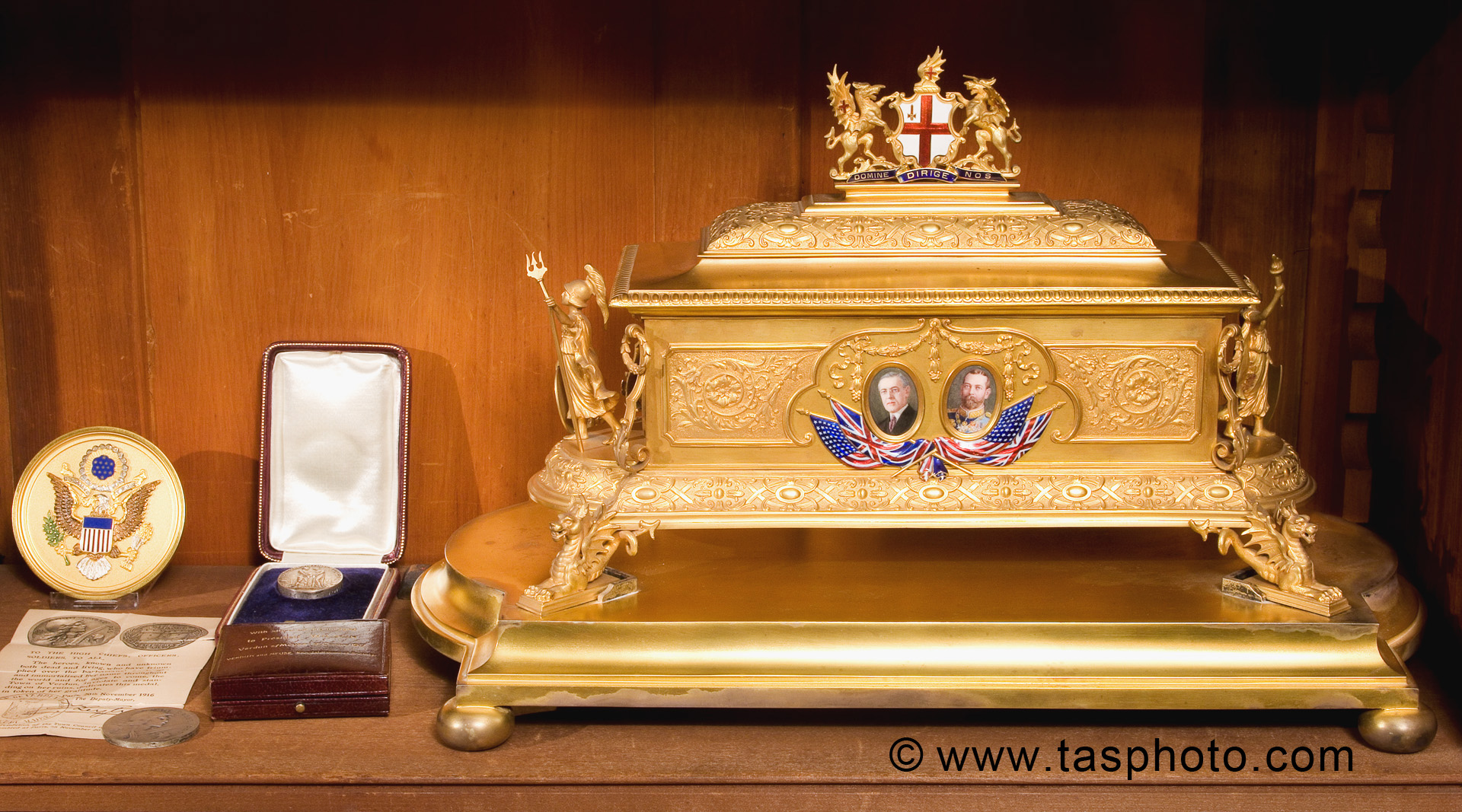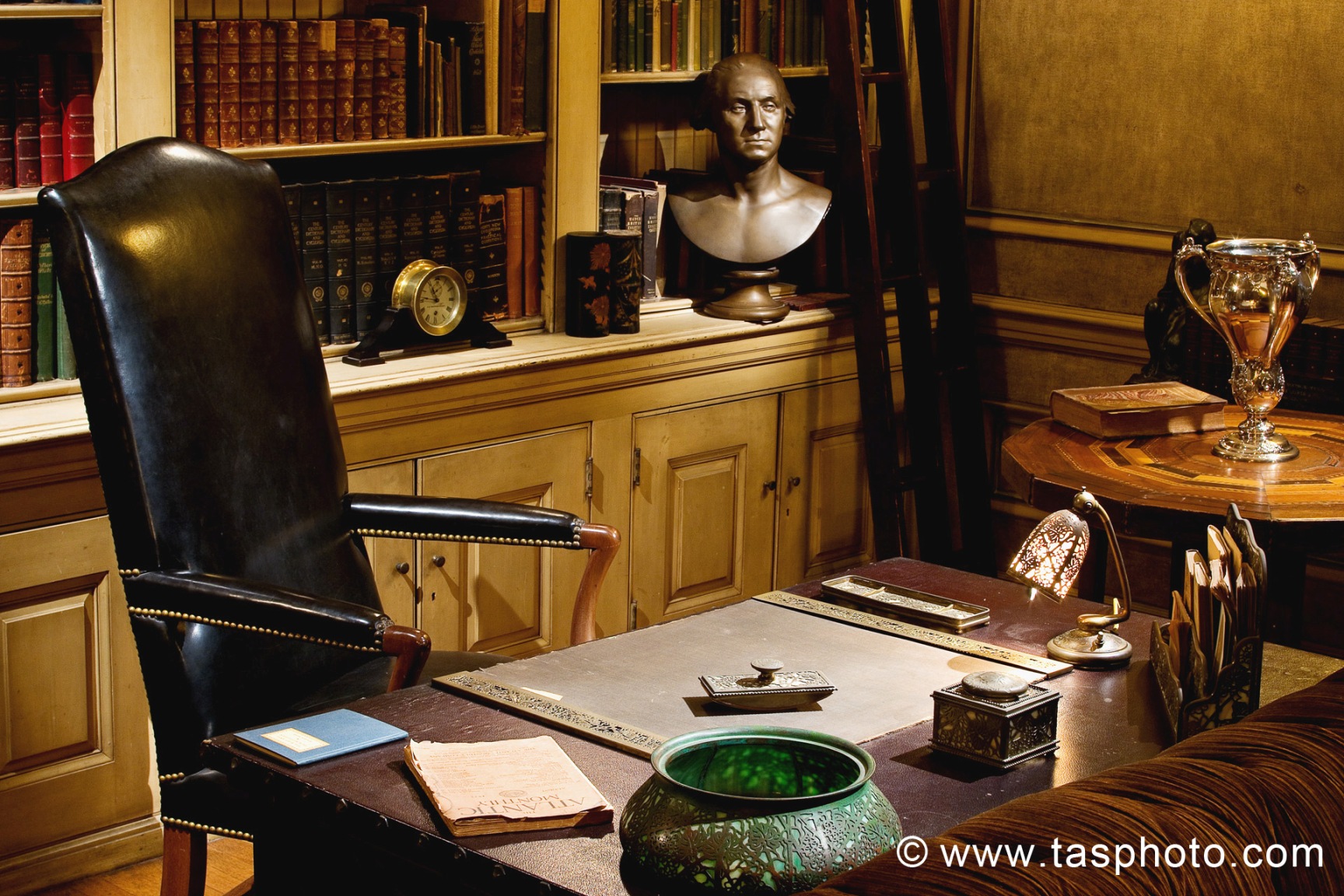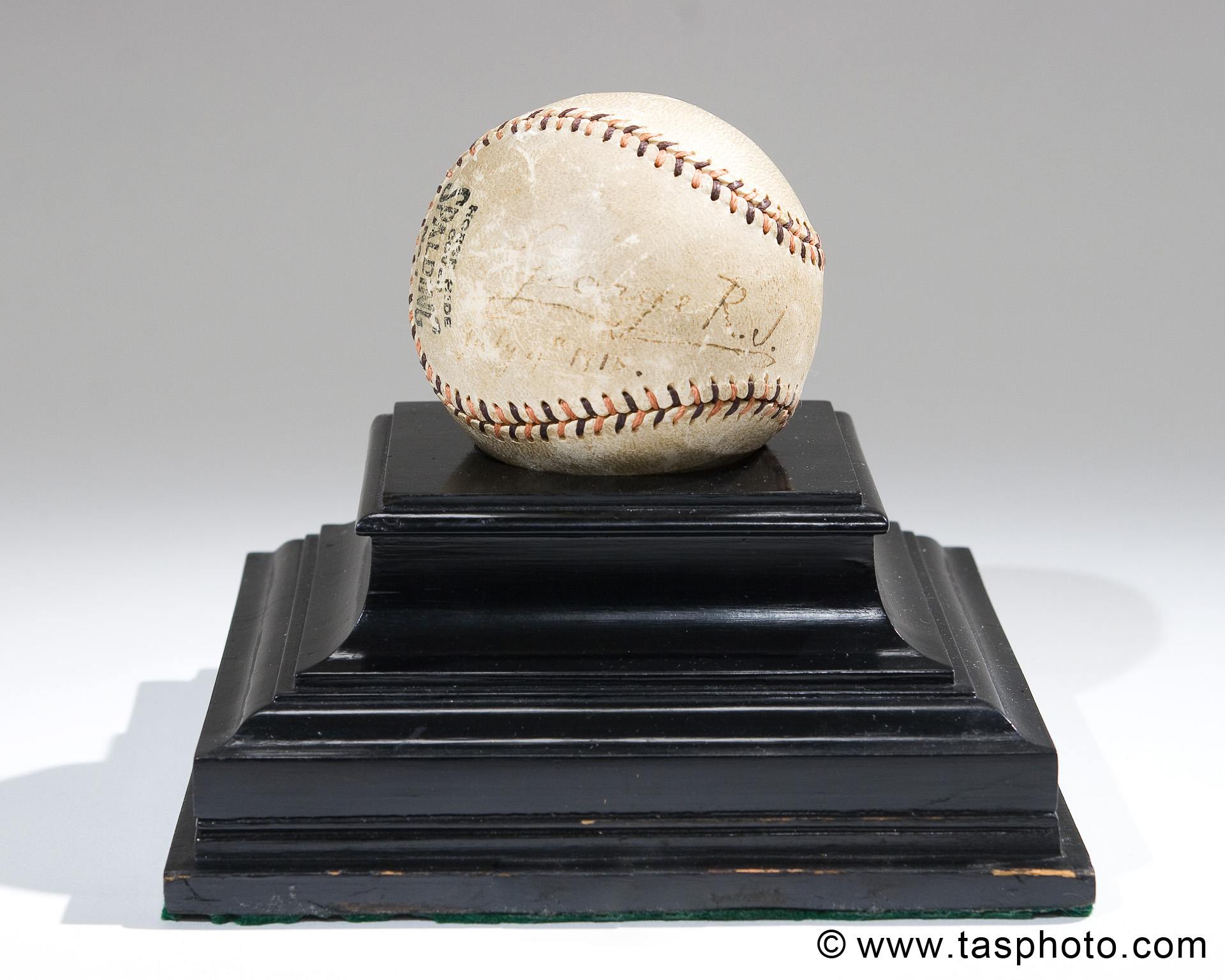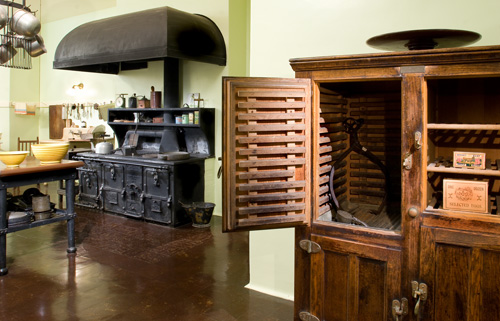As we reach mid-November, more and
more Americans are turning their thoughts towards their Thanksgiving plans. Setting
aside a day to enjoy good food and company and to reflect on the blessings and
good fortunes in our lives is a tradition older than the country itself. The
Continental Congress of the United States proclaimed two official Days of
Thanksgiving during the Revolutionary War: the first after the American victory
at the Battle of Saratoga and the second when the war ended with the Treaty of
Paris. Presidents George Washington, John Adams, and James Madison all issued
presidential proclamations declaring official days of thanks, as has every
president since Abraham Lincoln. [1] Every year that he was president, Woodrow Wilson followed their example by declaring the last Thursday in November to be “…a day of thanksgiving and prayer, and [he invited] the
people throughout the land to cease from their wonted occupations and in their
several homes and places of worship render thanks to almighty God” every year
of his presidency.[2]
However, the outbreak of war in Europe
during President Wilson’s first term in office impacted how many Americans,
including the President himself, viewed the traditional day of feasting. While
measures such as the ration stamps of World War II were never used in the
United States during World War I, Americans were called to be mindful of what
they were using and to conserve food even prior to the United States joining
the conflict in 1917. In his 1916 Thanksgiving Proclamation, President Wilson
reminded the American people that many were struggling in war-torn Europe,
stating:
…And I also urge
and suggest our duty in this our day of peace and abundance to think in deep
sympathy of the stricken peoples of the world upon whom the curse and terror of
war has so pitilessly fallen, and to contribute out of our abundant means to
the relief of their suffering. Our people could in no better way show their
real attitude towards the present struggle of the nations than by contributing
out of their abundance to the relief of the suffering which war has brought in
its train.[3]
 |
| November 29, 1916 ad from the 4th page of the Janesville Daily Gazette mentioning the “prohibitive cost of foodstuffs.” |
Americans during World War I were
called on to remember that things like sugar, meat, wheat, and other
necessities were becoming more and more difficult to provide to Allied soldiers
in Europe, and that they could do their part year-round by buying local foods,
wasting nothing, and choosing to go without certain items as often as possible.
When it came to the holiday season, Americans were no less mindful of their
duty to conserve food. The Food Administration asked Americans to grow their
own food and to buy as little as possible for their Thanksgiving feasts, and
newspapers and magazines of the time printed tips and substitutes for
traditional foods such as sugar-laden cranberry sauce.[4]
 |
| Posters reminded Americans of food rations abroad and urged them to limit their use of sugar (Library of Congress) |
President and Mrs. Wilson tried to
set an example for the American people to follow when it came to cutting back
around the holidays. According to an article printed on the fourth page of the
November 30, 1917 Boston Globe, the
first family spent that Thanksgiving by attending church that morning and an
evening ball held by the Navy Relief Society after enjoying a small meal at the
White House. “Only members of the President’s household were present and the
menu was arranged with a view to food conservation, Mrs. Wilson having been one
of the first signers of the food pledge cards.”
 |
| Americans around the country forwent traditional dishes in order to support the war effort. San Jose Mercury News,28 November 1917, page 9. Accessed through GeneologyBank.com. |
If you are interested in learning
more about the holiday seasons of the past, including during President Wilson’s
lifetime, consider attending the Holidays through History event that will be
held on December 6, 2014. This ticketed event includes a tour of The President
Woodrow Wilson House, Dumbarton House, Anderson House, and Tudor Place, all
decorated in period style for the holidays. Refreshments and live music will be
provided at each site.For more information, please visit our website.
If you are unable to attend the event, The President Woodrow Wilson House
will be decorated throughout the holiday season.
-Sophia Vayansky, Fall 2014 Intern
[1] “Thanksgiving Proclamations 1789-Present,” WhatSoProudlyWeHailed.org,
accessed November 14, 2014.
[2] President Woodrow Wilson, “Proclamation 1496
- Thanksgiving Day, 1918,” accessed through The
American Presidency Project, November 14, 2014.
[3] President Woodrow Wilson, “Proclamation 1352
- Thanksgiving Day, 1916,” accessed through The
American Presidency Project, November 14, 2014.
[4] Gena Philibert-Ortega, “Rationing
Thanksgiving Dinner during World War I,” accessed through GeneologyBank.com,
November 14, 2014.





No comments :
Post a Comment